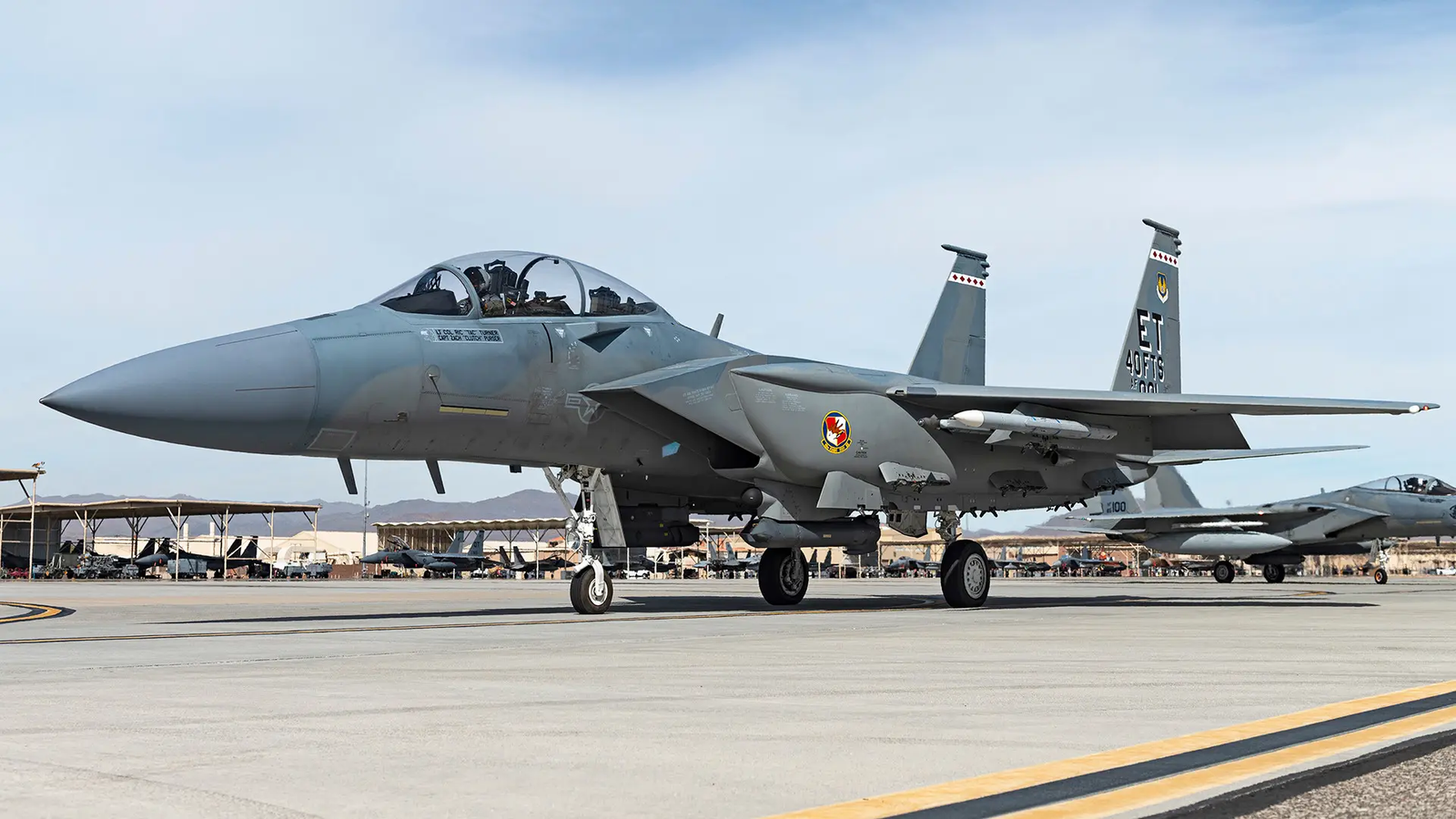
The F-15EX Eagle II is one of those few aircraft that fills the gap between vintage fighter muscle and the changing requirements of contemporary battlegrounds. Whether it’s a blast from the past or a leap of faith, depending on whom you ask, the truth is that it’s neither. The Eagle II is a highly advanced fighter designed with a very specific goal: to face today’s sophisticated air combat challenges with power, flexibility, and dependability.

The history of the Eagle II started with its iconic ancestor, the early 1970s F-15 Eagle. Based on energy-maneuverability theory, the F-15 owned dogfighting like nobody’s business. With each passing year, it improved through the F-15C/D and the multi-role F-15E Strike Eagle, with each generation incorporating new technology to remain ahead of threats. When the U.S. Air Force ordered the F-15EX in 2020, the mission was simple: replace old F-15C/D fighter jets with a modern platform that can do much more than air-to-air fights.

In terms of performance, the F-15EX is a behemoth. It has a top speed of Mach 2.5, the fastest fighter in American production today. Driven by two General Electric F110-GE-129 engines, each with about 30,000 pounds of thrust, it can climb to 60,000 feet. Its fly-by-wire flight controls provide pilots with razor-sharp handling and increased safety margins, enabling maneuvers typically only seen on advanced thrust-vectoring aircraft. Pilots in the cockpit enjoy huge touchscreen displays and sophisticated Digital Helmet Mounted Cueing Systems that present a crystal-clear picture of the battle ahead.

But the thing that truly differentiates the Eagle II is its payload. With a capacity to carry over 29,000 pounds of weaponry, it can carry everything from a dozen AMRAAMs to hypersonic missiles of great length. With specialized AMBER racks, the aircraft can carry as many as 22 air-to-air missiles simultaneously, giving it the nickname of being a real “missile truck.” This makes it possible for it to complement stealth fighters by dishing out ferocious firepower from a secure distance. Due to its open mission architecture, the aircraft is also capable of rapidly adding new sensors and weapons as technology evolves.

Its electronic warfare capabilities are equally impressive. The aircraft is fitted with the AN/APG-82(V)1 AESA radar for long-range detection and multitarget tracking, and with the EPAWSS electronic warfare suite. EPAWSS provides the Eagle II with the capability of autonomously detecting, identifying, and jamming adversary systems. It’s a software-driven system, so it can be updated on the fly to counter new threats—keeping the aircraft effective and survivable deep into the future.

Versatility is the F-15EX’s central theme. Air superiority is its underpinning, but it’s also being considered for electronic attack and manned-unmanned teaming. Future developments could include its equipping with jammer pods, whereas its two-seater design provides space for a weapons officer to direct unmanned drones, reaching further without placing it in harm’s way.

Maybe its most unorthodox possible function is that of a high-speed refueler. With buddy-tanker pods on the horizon, the F-15EX might serve as a frontline refueler for stealth aircraft, extending their combat time without the need for large, exploitable tankers.

From a budget and logistics perspective, the Eagle II is just as attractive. It’s much less expensive to purchase and maintain than stealth planes, and it uses roughly 70% of the same components as older F-15 versions. Transition training is quick as well—a pilot from an F-15C can learn the F-15EX in only two weeks, cutting downtime. The Air Force will buy at least 144 of them, providing a robust fighter capability without relying solely on stealth squadrons.

On the international front, the plane is also drawing eager customers. Israel has purchased 50 F-15IAs, Indonesia has signed for 24 F-15IDNs, and Poland is considering its options. Meanwhile, Saudi Arabia and Qatar already have some of the most advanced F-15 models in service, cementing the plane’s reputation as a proven, versatile workhorse.

Detractors tend to cite its lack of stealth as its greatest weakness, particularly against long-range air defenses. But that’s missing the point. The F-15EX was never intended to supplant stealth fighters—it was intended to augment them. While stealth aircraft penetrate the most hostile environments, the Eagle II brings unparalleled firepower, electronic warfare capabilities, and agile mission profiles. After the airspace is secured, it can take much of the load, allowing stealth platforms to concentrate on the missions only they can perform.

Combining a proven airframe with modern avionics and electronic warfare capabilities, the F-15EX is designed to be relevant for generations. In the battlespace of today, where resiliency and flexibility are as important as stealth, the Eagle II demonstrates that sheer speed, payload, and versatility are still crucial. And that makes it one of the most significant fighters in the inventory today.
